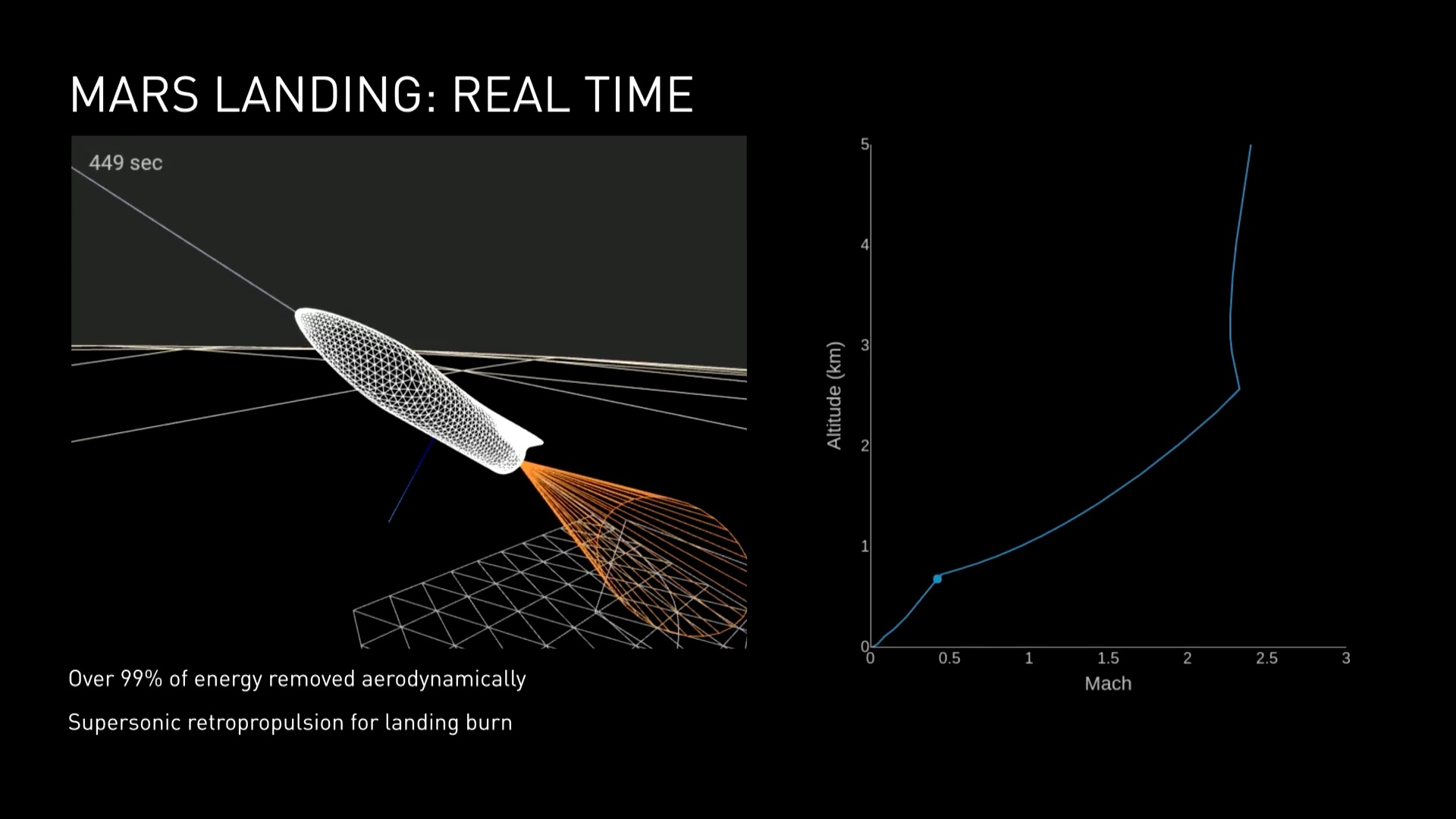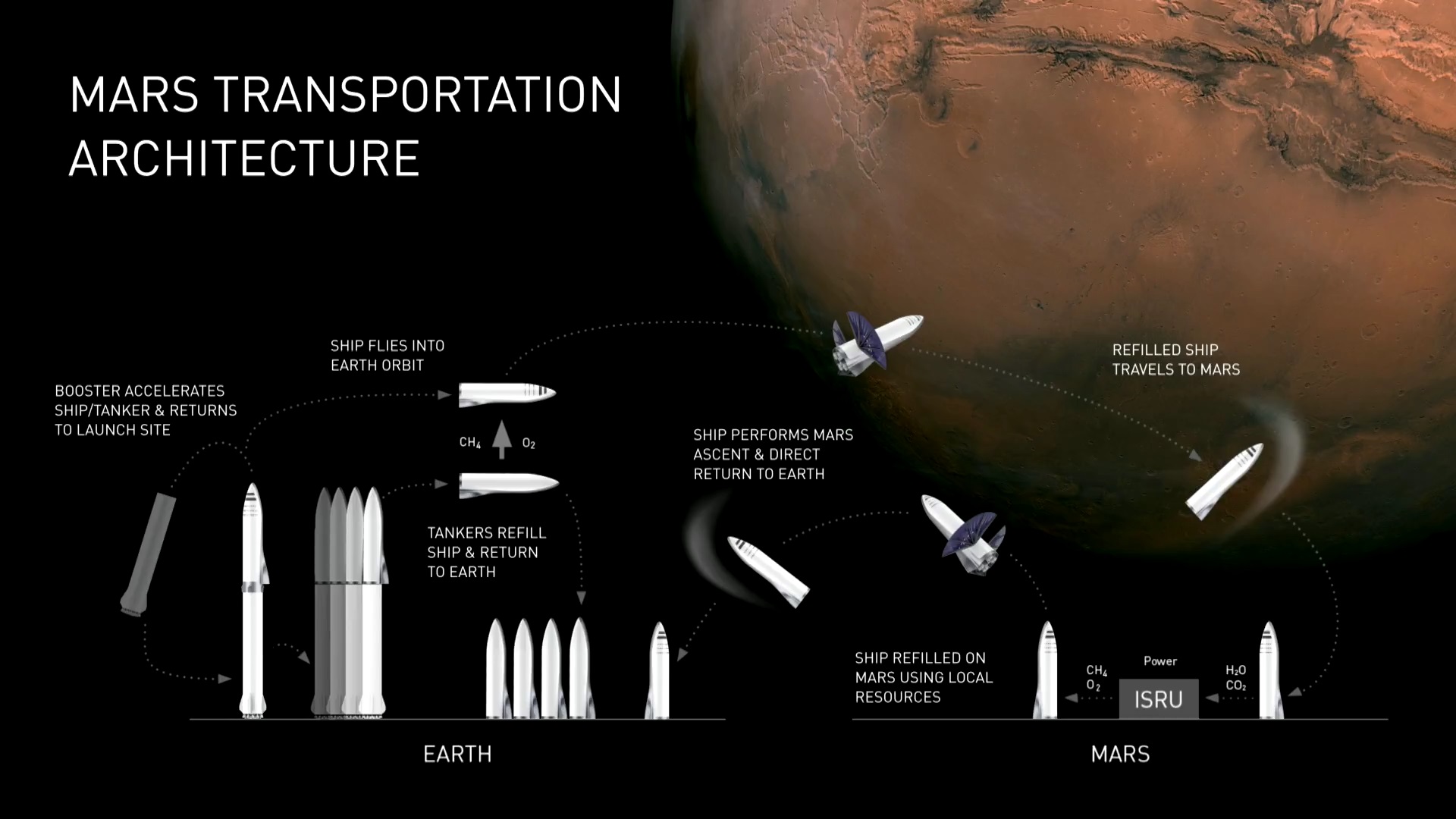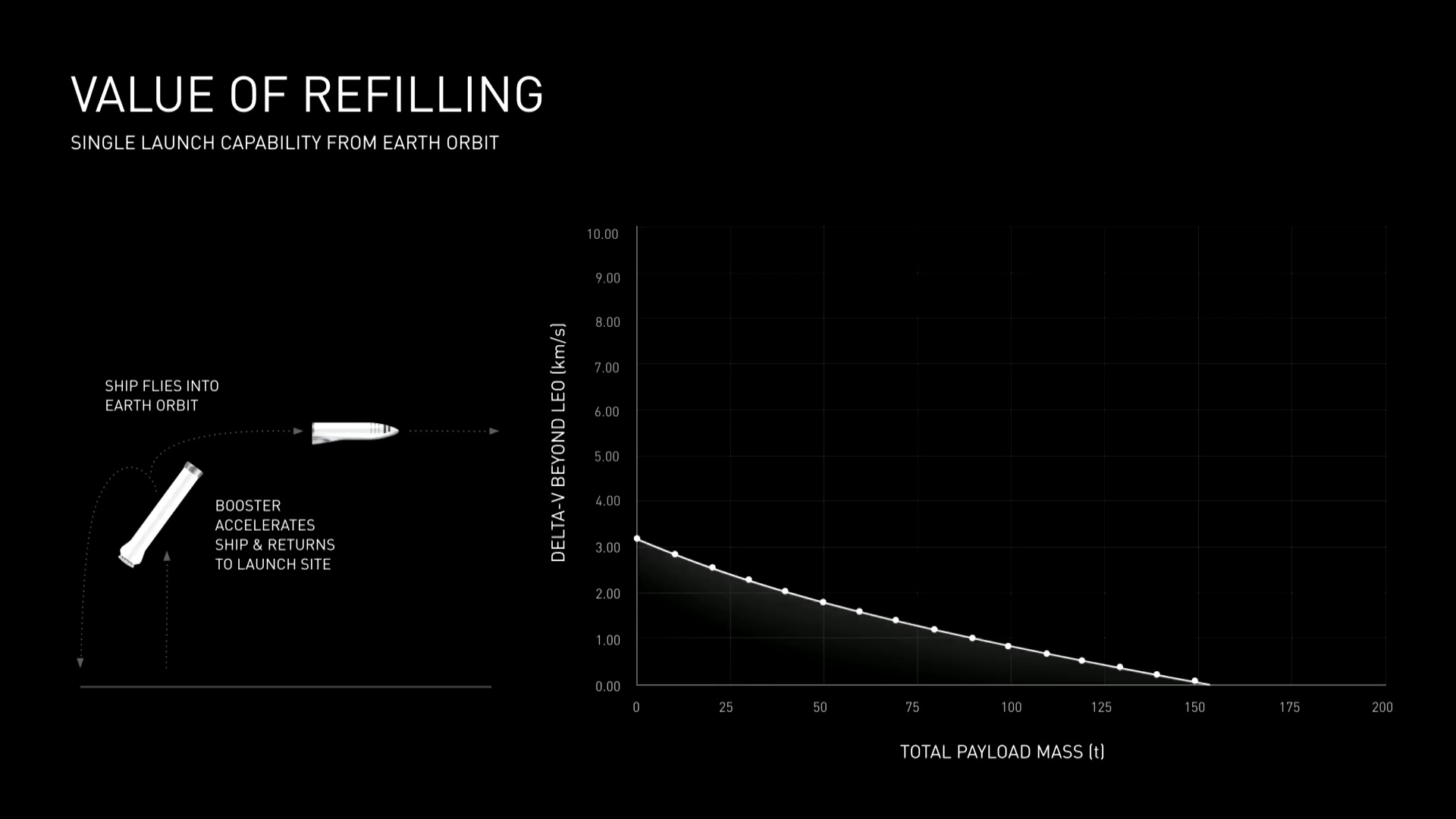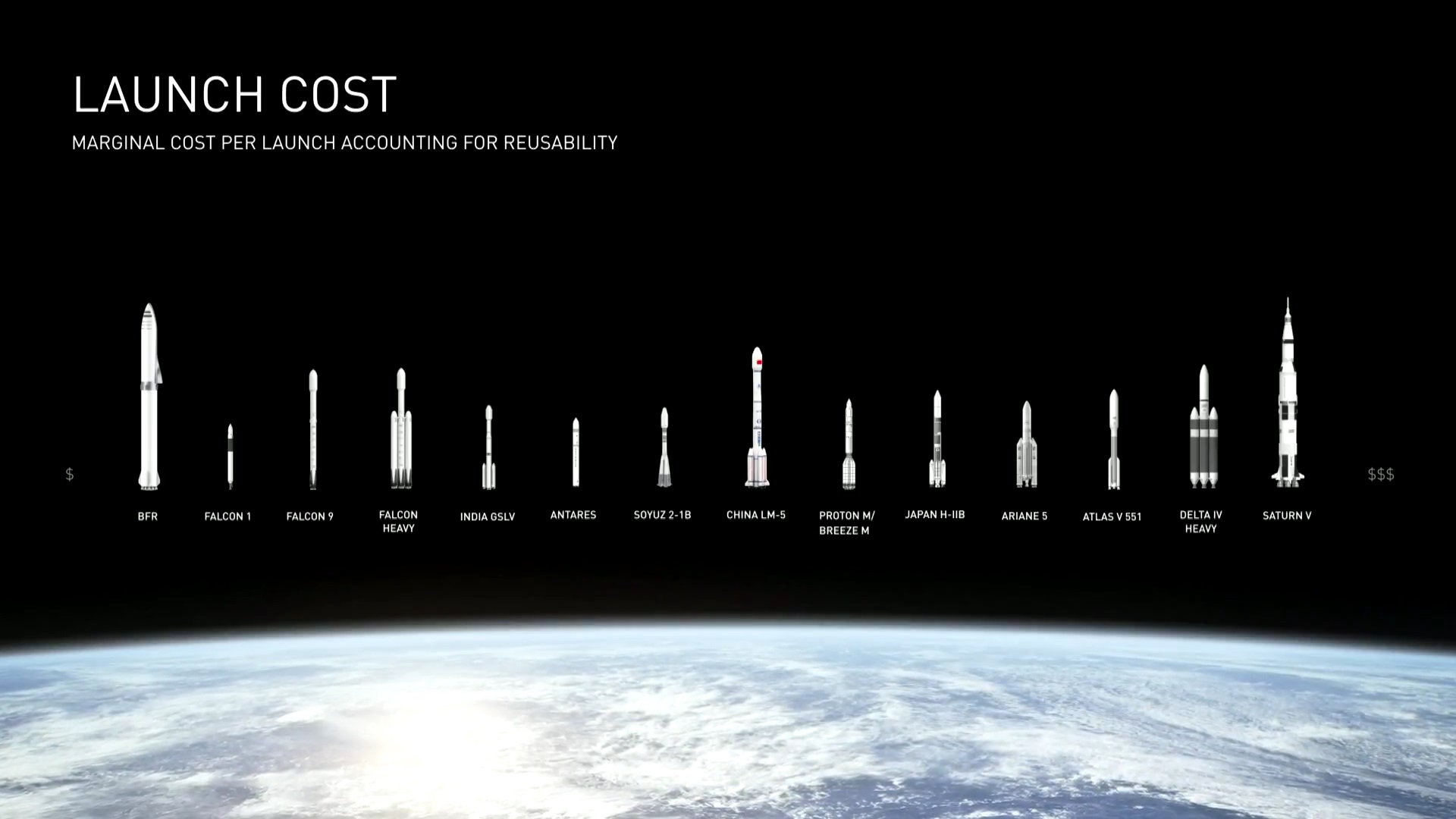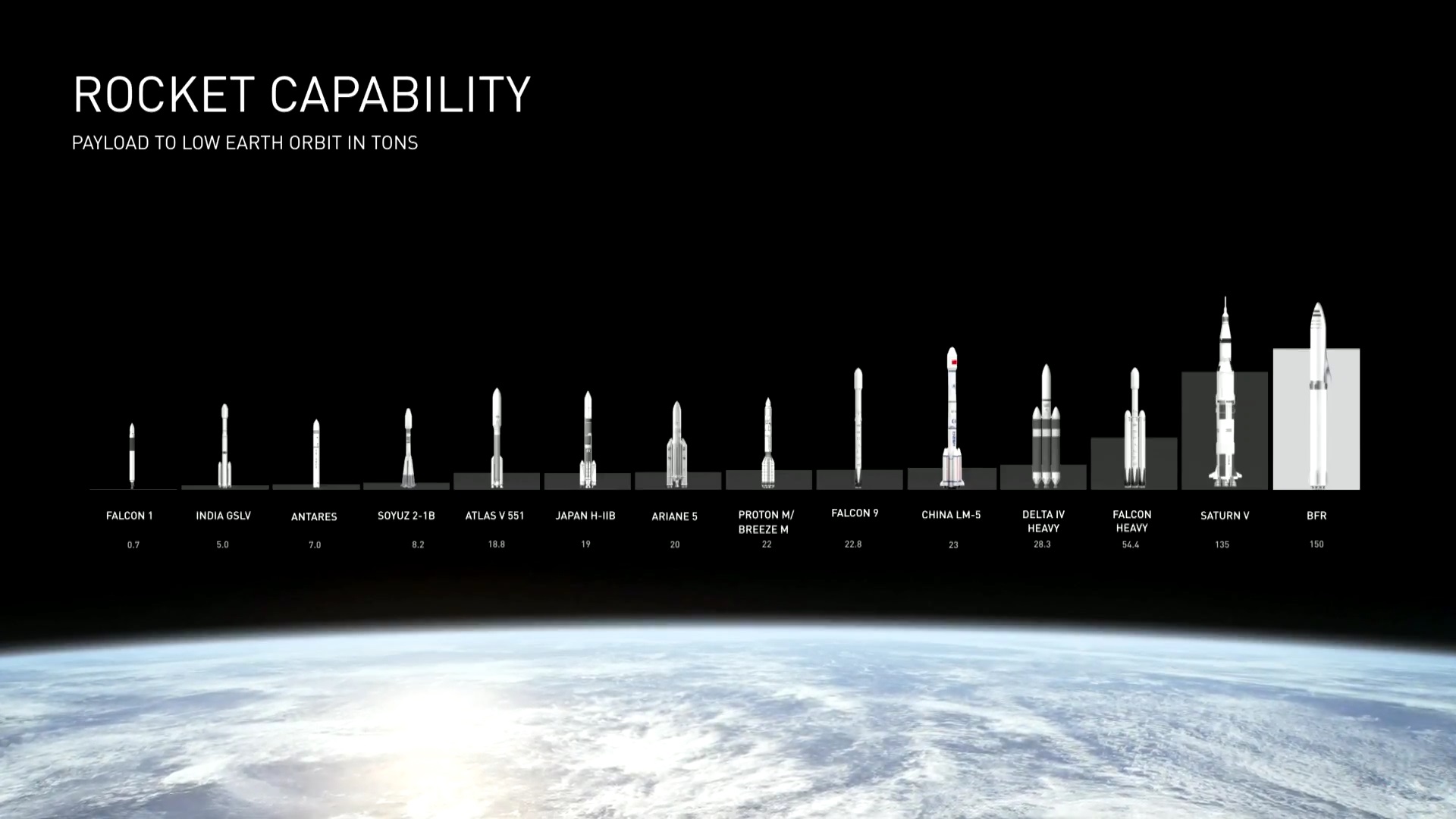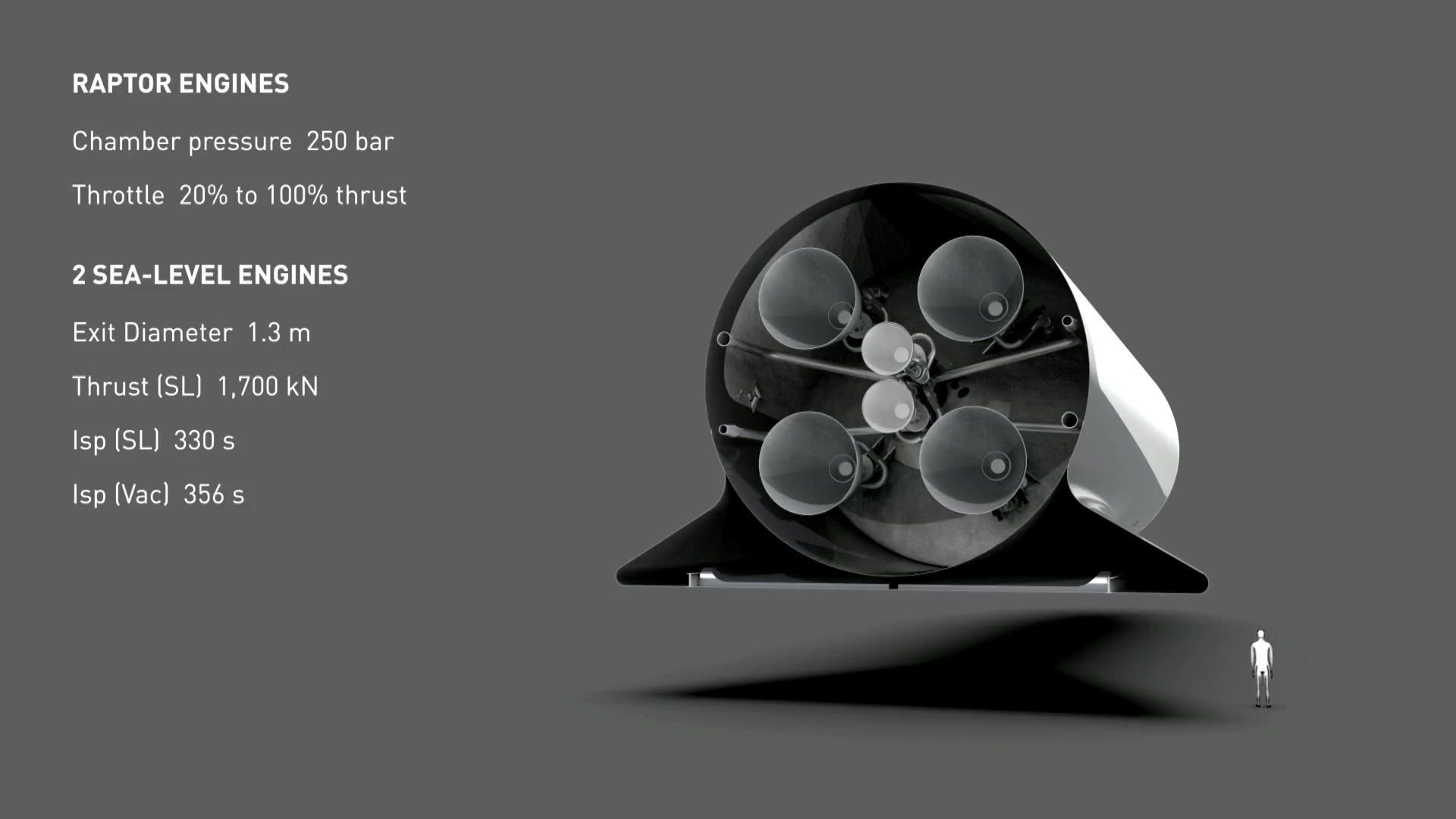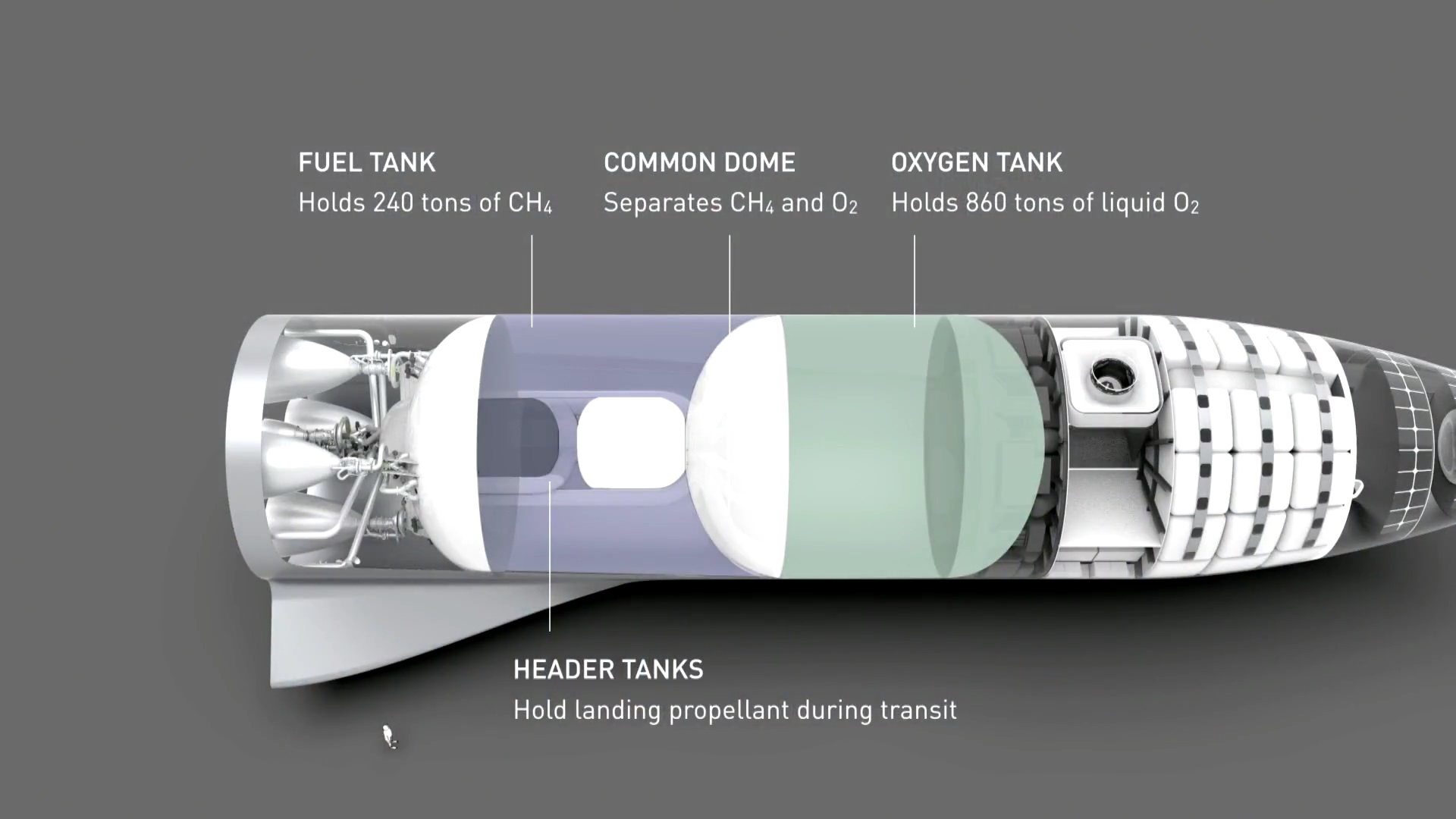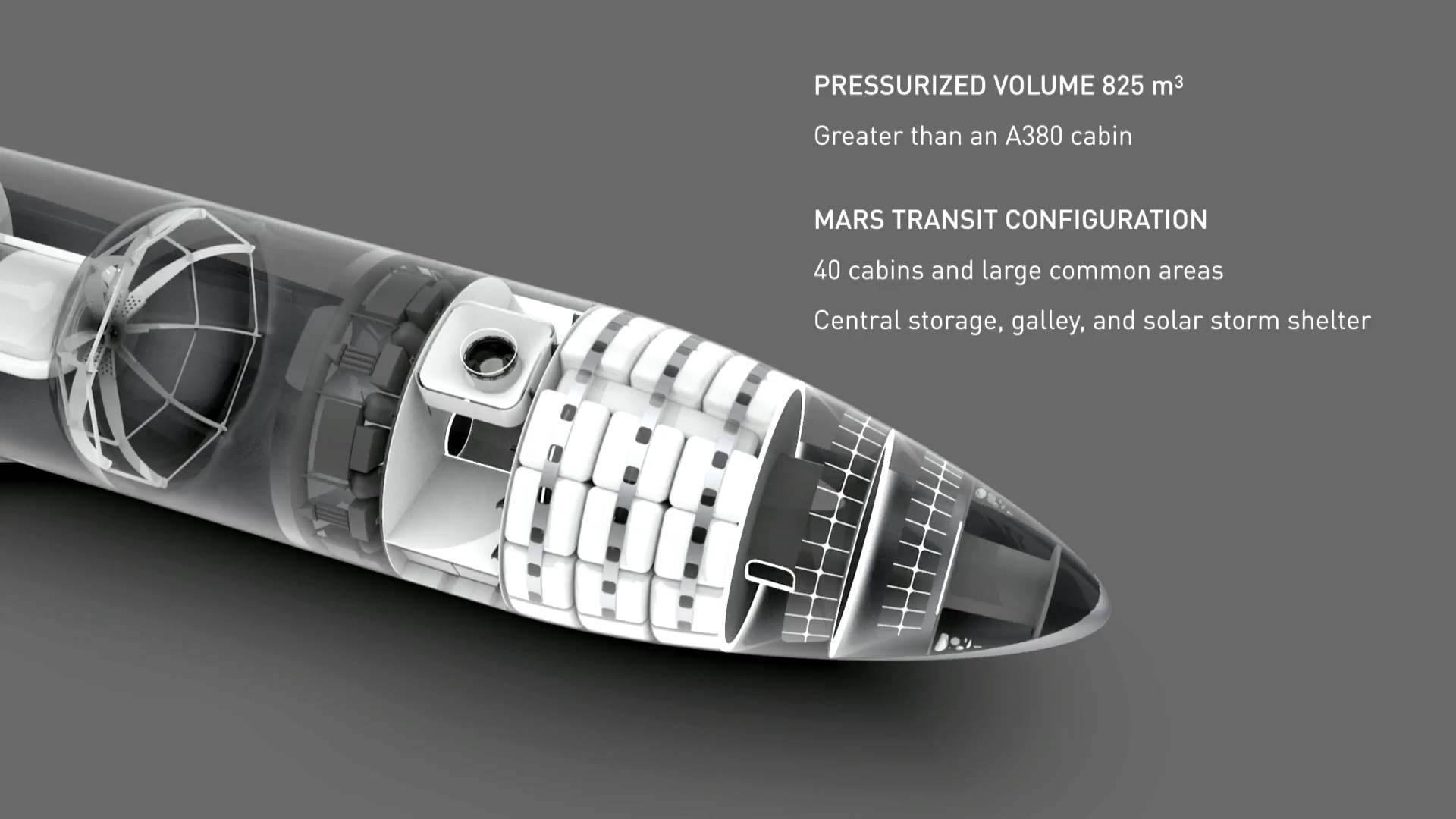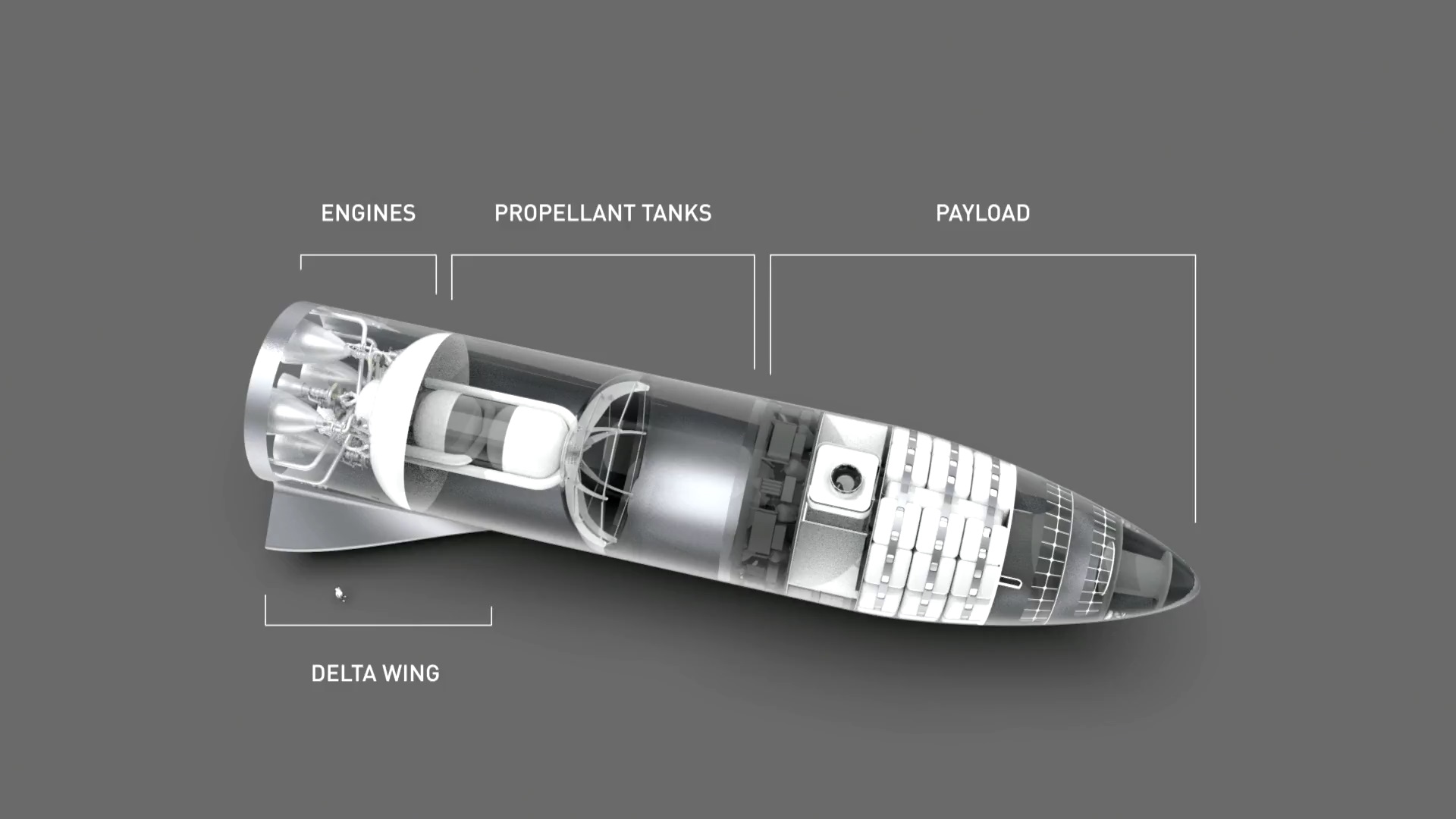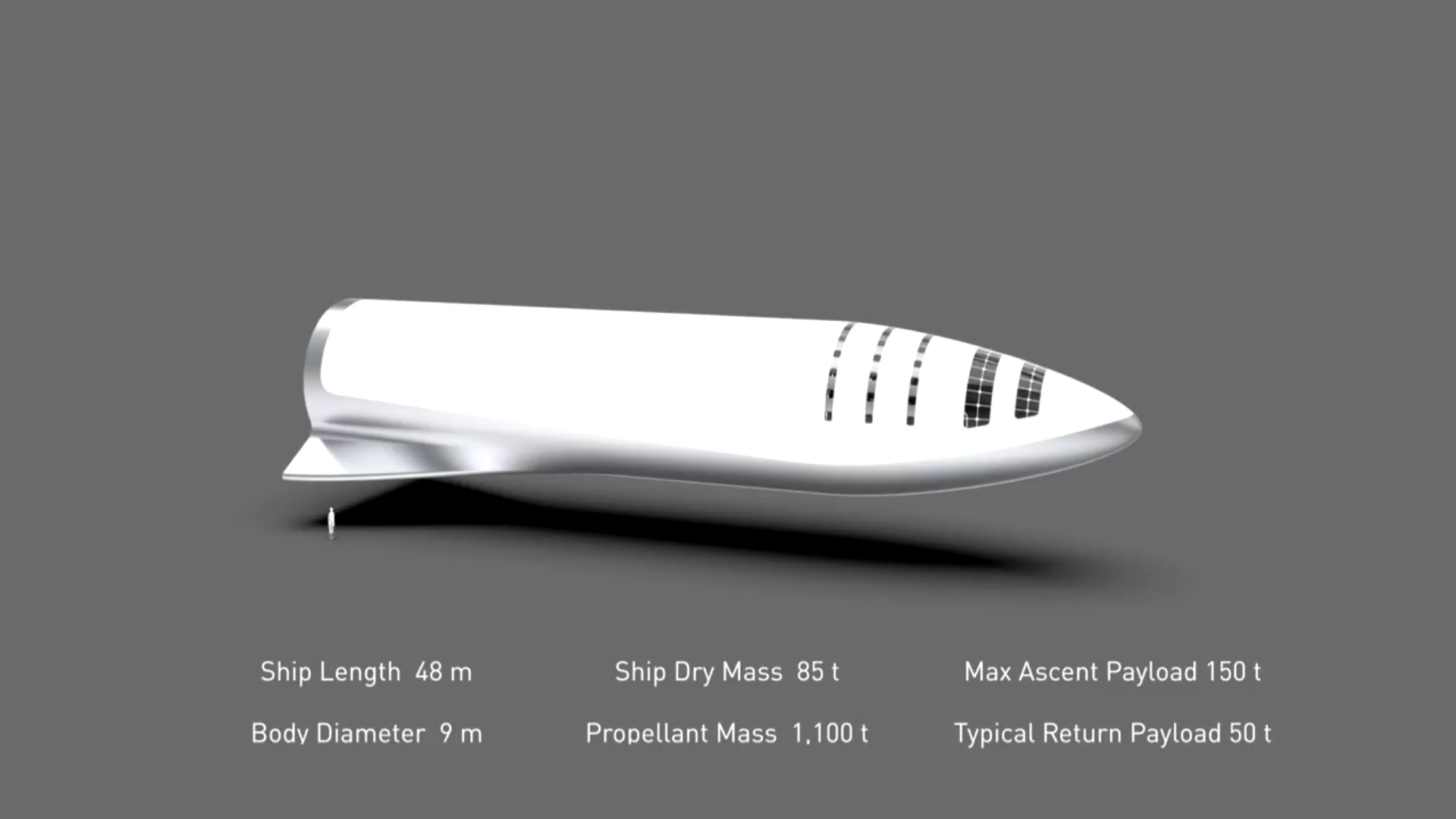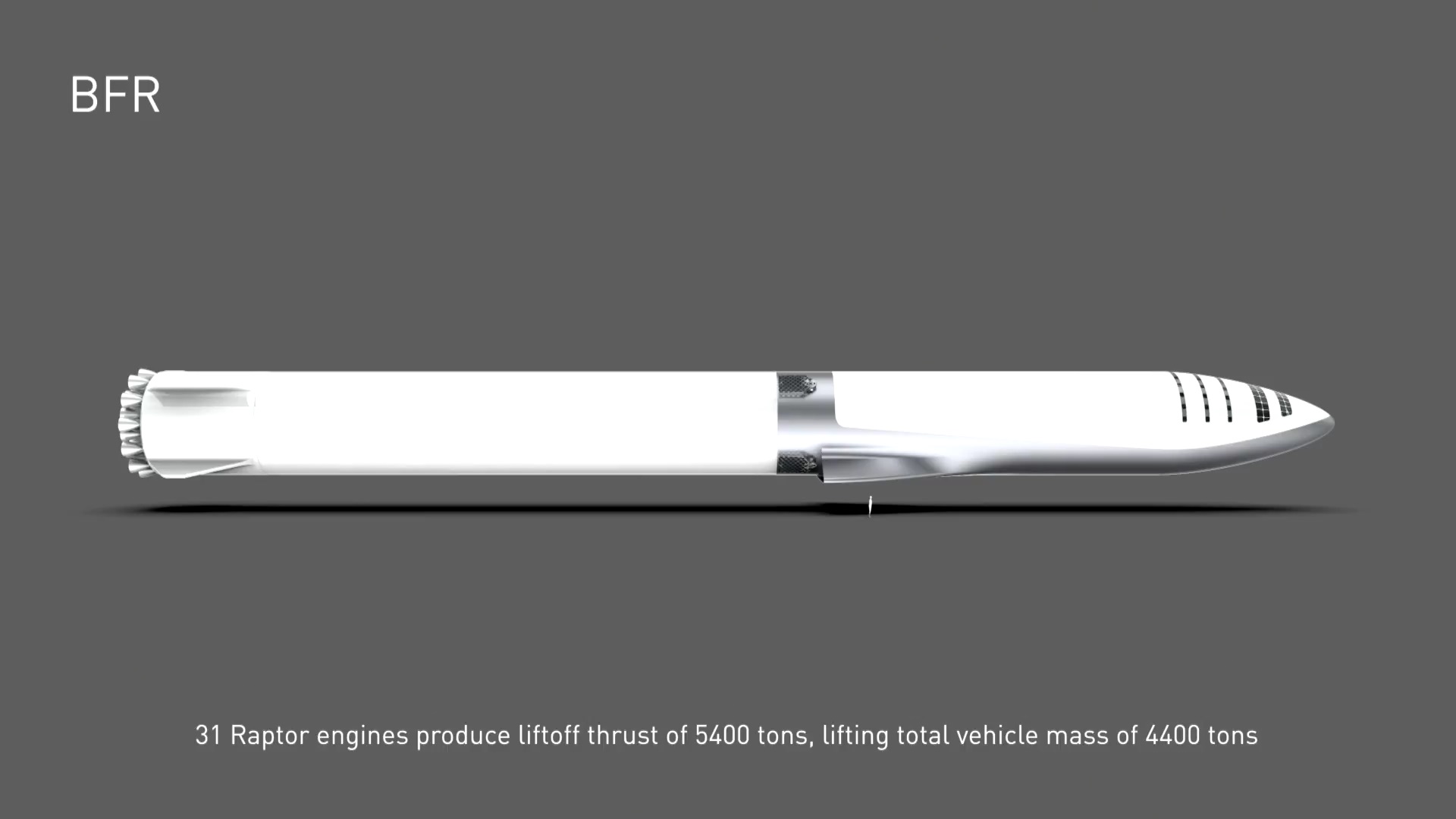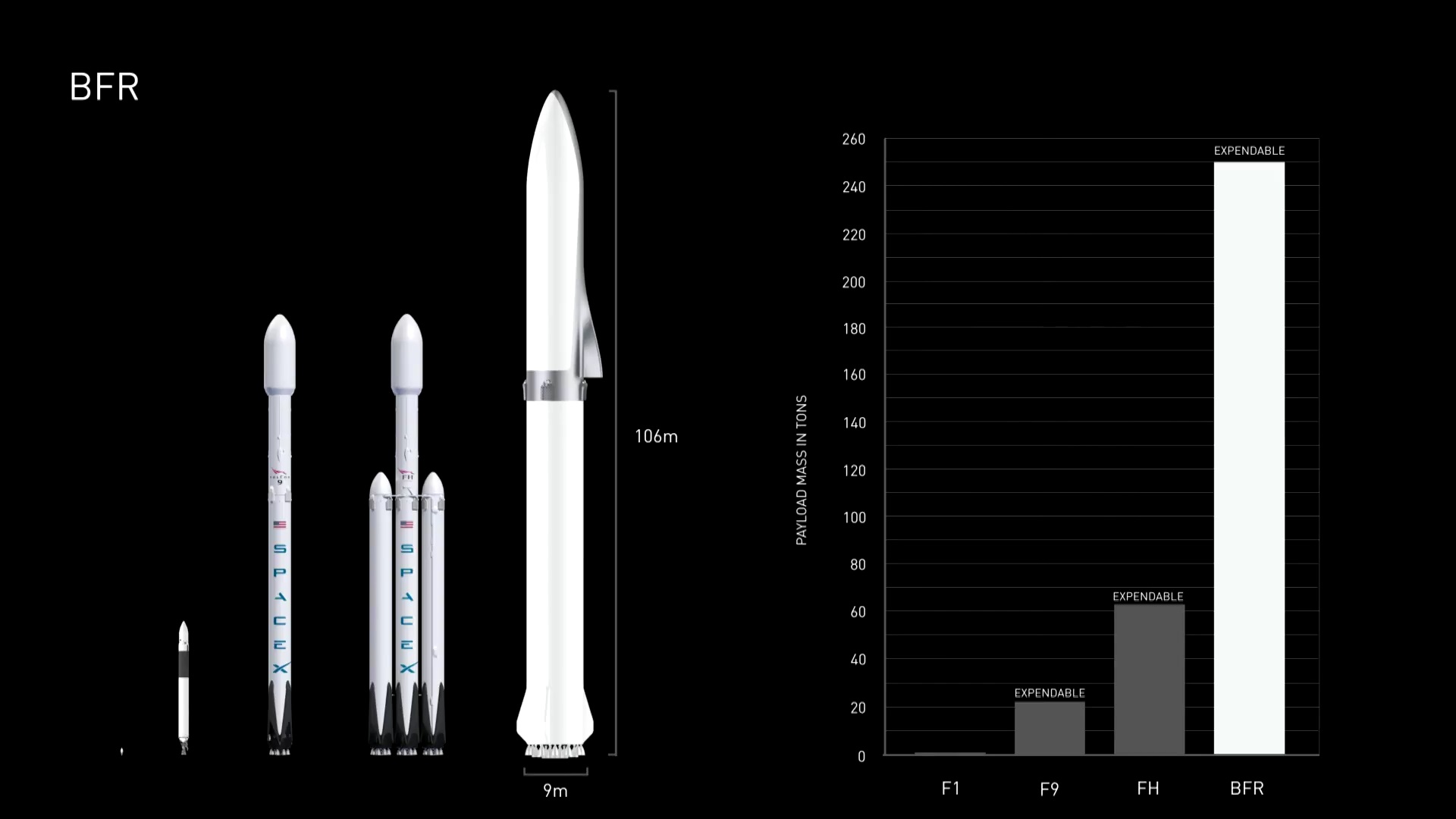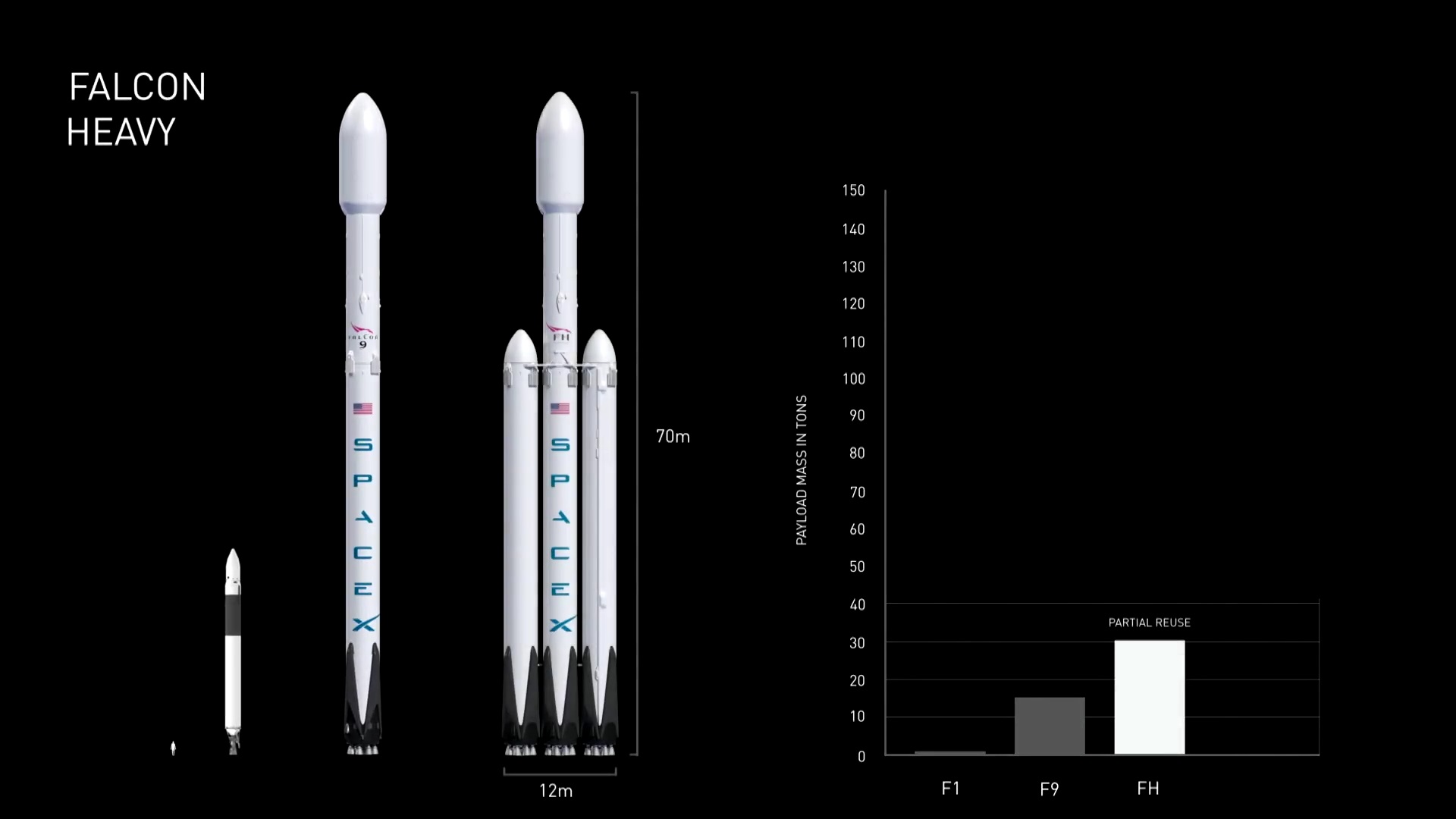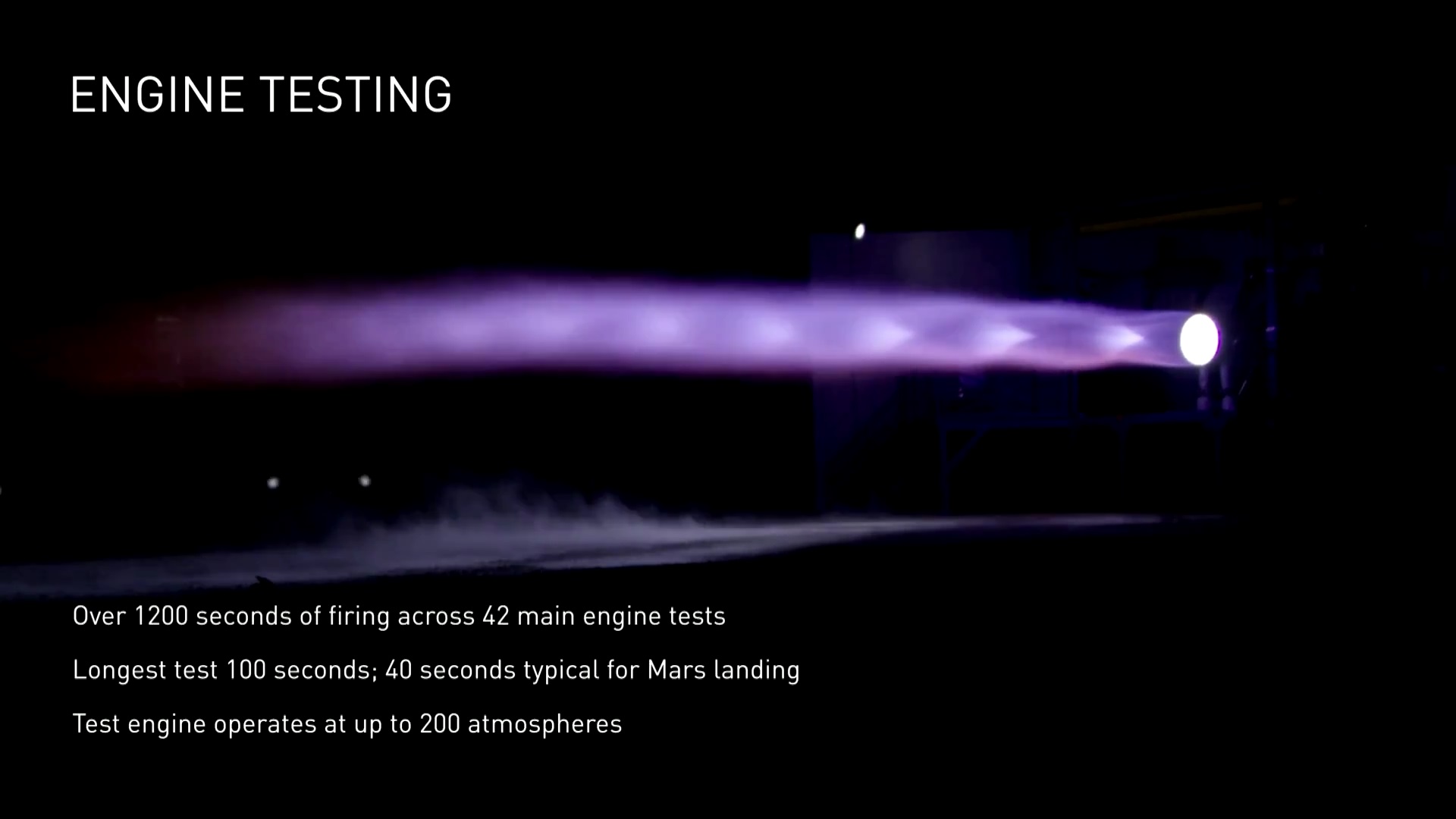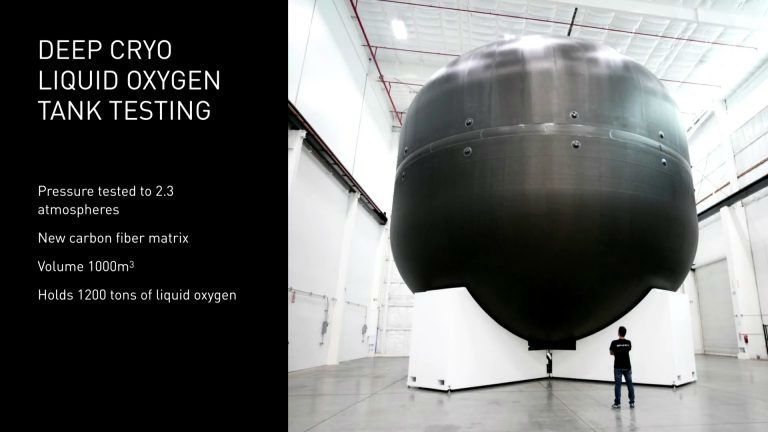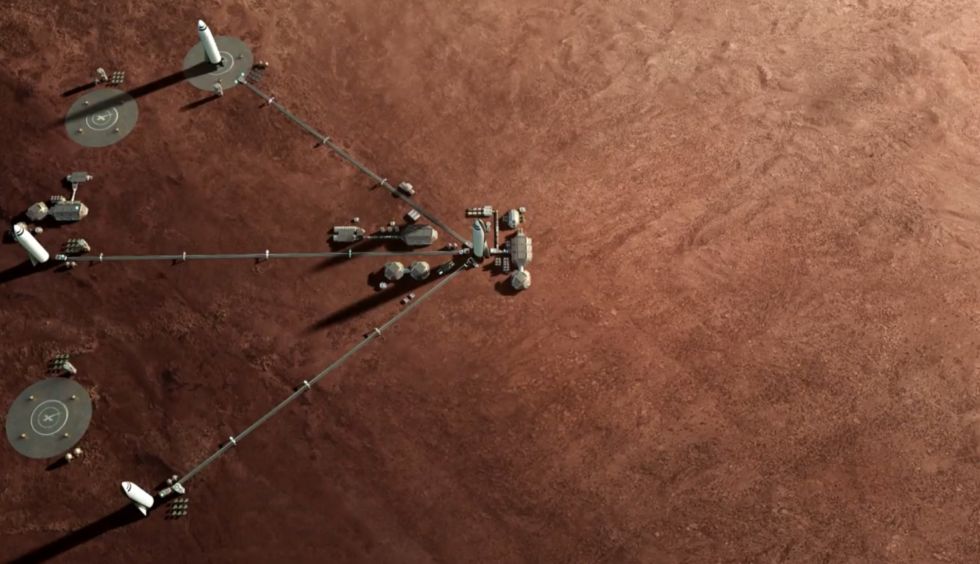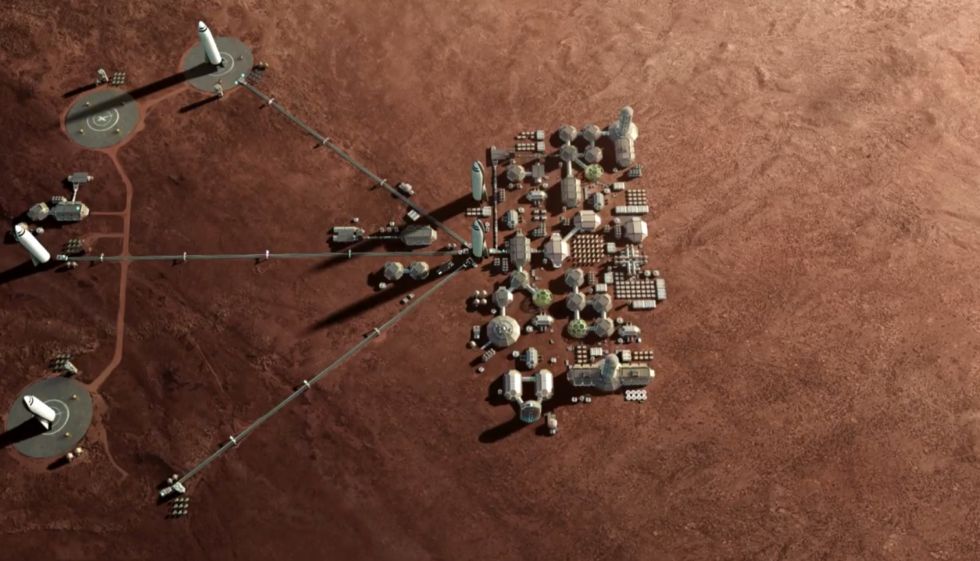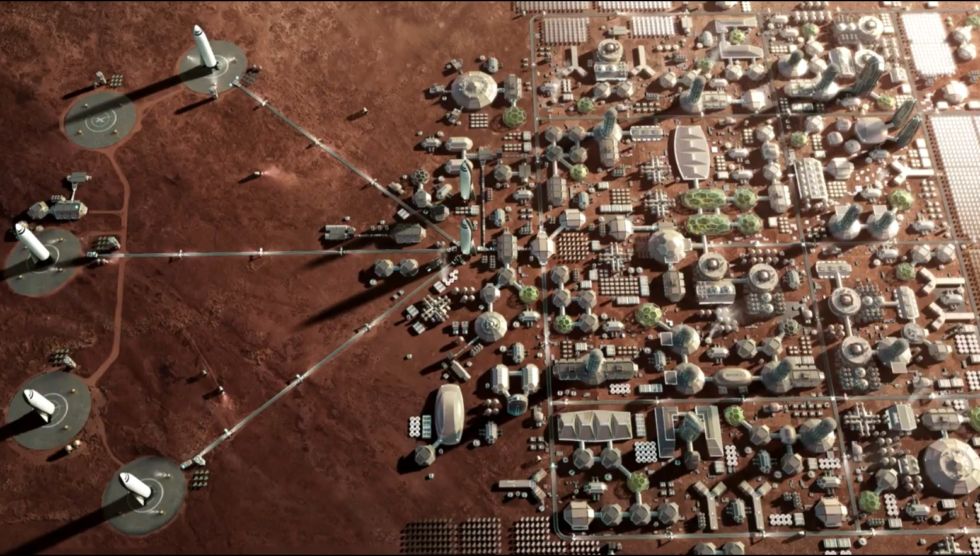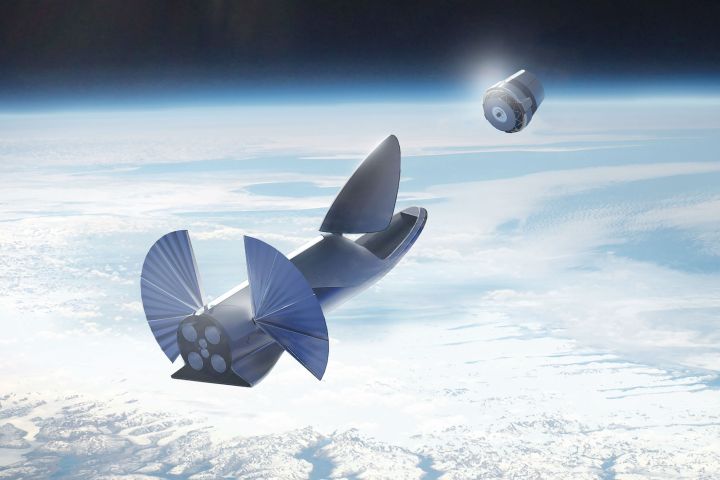
Elon Musk’s SpaceX Falcon Heavy rocket managed a successful takeoff in early 2018, orbiting the Earth with a Tesla car inside and completing its in-space maneuvers, albeit with a bumpy landing. Never a company to rest on its laurels, SpaceX expects to commence Earth-orbit trial flights of what it now calls Starship as early as spring 2019, Space News reports, based on a December 22 tweet from Musk.
I will do a full technical presentation of Starship after the test vehicle we’re building in Texas flies, so hopefully March/April
— Elon Musk (@elonmusk) December 22, 2018
Two days later Musk Musk tweeted an image captioned “Stainless Steel Starship.”
Stainless Steel Starship pic.twitter.com/rRoiEKKrYc
— Elon Musk (@elonmusk) December 24, 2018
The original plans said the rocket would be built of carbon composite materials. Eschewing carbon composite’s lightweight strength, Musk attributed the structural material change to heavier stainless steel’s “vastly better” performance at high temperatures.
Usable strength/weight of full hard stainless at cryo is slightly better than carbon fiber, room temp is worse, high temp is vastly better
— Elon Musk (@elonmusk) December 24, 2018
Falcon Heavy’s 2018 orbit was certainly big news for the consumer space industry (which is now a real thing!) and promised interesting developments for the future. But SpaceX has grander plans and is now primarily focused on Starship, previously known to most people as BFR.
Elon Musk is involved in crazy stuff: What exactly is a BFR?
The name BFR raises two questions: What is BFR and why so many people grin when they see the name? In case you missed it, we’ve got an FAQ just for that question!
The BFR is an in-development, privately owned rocket that’s designed to go to Mars. The name is traditionally assumed to mean “Big [Freaking] Rocket,” although there are signs that SpaceX is stepping back from this; it’s really meant it to stand for “Big Falcon Rocket,” the company claims, for obvious reasons.
There aren’t many facts about the BFR available, but we do know that it’s designed to be around 350 feet tall, with an incredible 10.8 million pounds of thrust, which is a lot more than any rocket NASA has created. As with other SpaceX rockets, it’s designed to be reusable, with a docking and redeploying system that would theoretically allow the rocket to keep traveling back and forth from Mars.
What’s the difference between Falcon Heavy and BFR?

Falcon Heavy is a very powerful rocket that’s being tested for basic space-related tasks, and obviously, there is already a model capable of entering orbit. The BFR is still a work in progress, and it’s a significantly more powerful rocket that is specifically designed to reach Mars.
The two rockets do appear to have a lot in common, however. SpaceX has been working on several rocket models lately, including the Falcon Heavy and the Falcon 9, as well as the Dragon space capsule. With reusable booster rocket technology pretty fully developed, the other rockets will see less work going forward (with some potential for business expansion with Falcon Heavy) so that everyone can focus on BFR, which essentially merges the projects together.
“We’re almost done with Falcon 9 and Falcon Heavy,” Musk said in a press conference after Falcon Heavy’s launch. “After block 5 [the current version of the Falcon 9] we won’t be doing any more with Falcon 9 or Falcon Heavy, and with Dragon probably after Dragon Two [the latest capsule iteration].”
OK, but how would people survive in flight — or on Mars, for that matter?
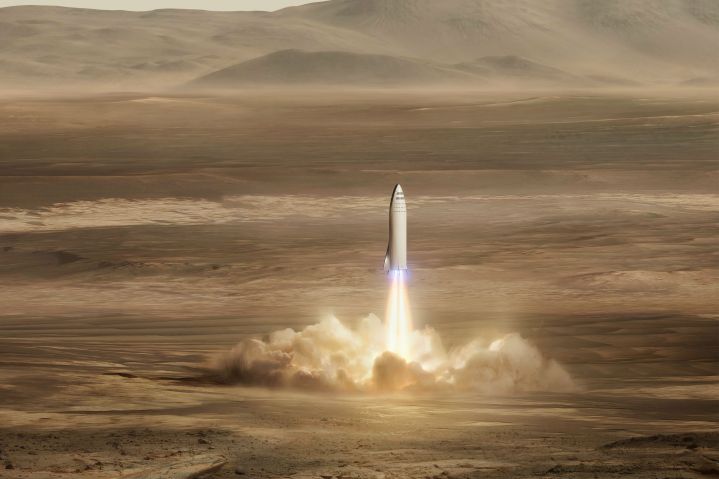
Whoa, now: Surviving on Mars is a little beyond the scope of SpaceX’s rocket program (although who knows what Elon Musk has cooking?). That said, the BFR will be way more capable than just the Falcon Heavy — which is a very exciting rocket, but it’s not exactly meant for squishy little humans. There’s a good reason that the Heavy only took a Tesla car up into orbit, and not any passengers—it’s not made to sustain life, and if it sees action in the future it will probably be an automated supply transport that would ferry materials to Mars that people would use for survival.
When it comes to the BFR specifically, the goal is to attach a rocket to a spaceship and fly them both around, something that SpaceX thinks will take around $10 billion to accomplish. The spaceship half will contain a fully featured living quarters; it could have up to 40 cabins, a galley, and a shelter for passengers to climb into during a solar storm. It’ll be able to dock with another BFR in Earth orbit as well, Ars Technica notes.
But all of that is theoretical, projects measured not in years but in SpaceX years, which tend to take a little longer than real-world time. For now, SpaceX is mostly concerned with getting a viable rocket working. The spaceship part will probably come along in a couple years.
What are the long-term goals of the project?
Ambitious! But SpaceX has successfully passed a series of ambitious milestones, so nothing seems out of the question for this company. Let’s divide them into three general categories, as mentioned by Elon Musk in his various interviews about the BFR.
The moon: The first long-term goal may be to head over to the moon and, you know, check up on it. The moon gets tossed around as a potential goal because it’s a lot safer target than Mars, both literally and financially. There are also plans to orbit the moon with a Dragon rocket, which may well be merged with BFR if SpaceX wants to keep focused. If the BFR isn’t looking quite ready for a Mars flight in several years, then it’s safe to bet that it will at least try to go to the moon.

Mars: The Mars plan is surprisingly detailed, even at this early juncture. The first Mars flight would confirm water resources and scout out potential hazards while scanning for the best places to build power plants, mine minerals, and so on. The second flight would include a bare-bones crew that would start to build structures and produce reserves of fuel. Once a base is established, SpaceX intends to start a full-blown colony, with a final goal of transporting millions of people to a Mars habitat.
Like we said, ambitious.
Earth transport: In the near future, you can at least expect the BFR to rocket its way around the Earth. Part of Musk’s goal is to use the BFR as a transportation option that allows people to zoom nearly anywhere on our planet in about 30 minutes. Plus, early tests of this transportation project are far easier and safer than trying for a full orbital test.
So where is BFR/Starship right now?
Things are looking pretty good! The success of the Falcon Heavy was a very important step, and Elon Musk has pushed the gas pedal down on Starship development for now, although SpaceX has acknowledged that it may pursue different projects in the future, depending on how things go.
Look for the next big milestone in March or April 2019, when SpaceX plans to test early prototypes of the Start in the atmosphere. If these tests go well, we can expect a much more exciting orbital test in 2020 and potentially a Mars flight in 2022. Of course, keep in mind that the Falcon Heavy itself was subject to delays and pushed-back dates, so this is more of a hopeful plan than a promise.
Updated on December 26, 2018: Added information on the test flight time frame, the switch to stainless steel, and the name change from BFR to Starship.
Editors' Recommendations
- Watch SpaceX practice an emergency escape from its Crew Dragon capsule
- How to watch the SpaceX Dragon spacecraft depart the ISS today
- SpaceX selected to deliver cargo to NASA’s Lunar Gateway space station
- SpaceX and NASA still set for historic May mission despite coronavirus
- Today’s SpaceX Starlink launch was aborted due to engine power issue


